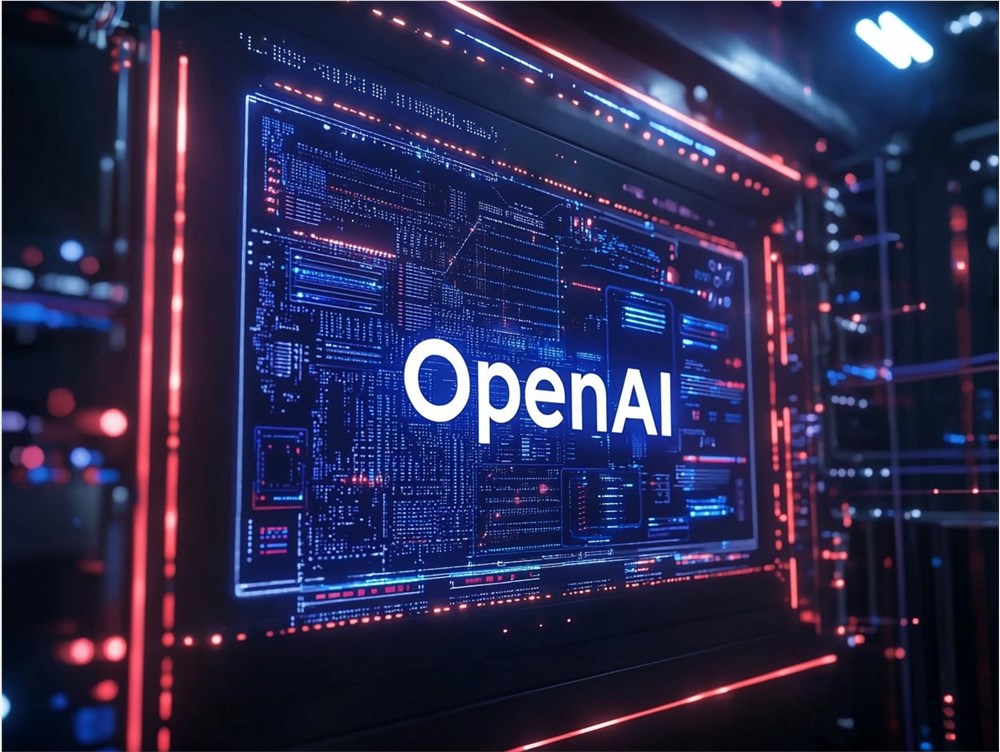Mathematical research is undergoing an AI revolution. Renowned Chinese-American mathematician Terence Tao recently collaborated with the AI model GPT-5Pro to successfully solve a differential geometry problem that had puzzled the academic community for three years. This cross-disciplinary collaboration not only demonstrates the huge potential of AI in mathematical research, but also provides a new model for human-AI collaboration in exploring complex problems.
This problem involves a smooth topological sphere in three-dimensional space, where the absolute value of the principal curvature does not exceed 1. The core question is whether the volume enclosed by such a surface is at least equal to the volume of a unit sphere. Although Tao has made significant contributions in areas such as analysis, number theory, and combinatorics, differential geometry is not his main research area, making this challenge particularly special.
After initial thinking, Tao realized that his knowledge of differential geometry was somewhat rusty, so he decided to seek help from GPT-5Pro. He provided the AI with the general direction of the problem, and the AI, using its powerful computing capabilities, completed the complex calculations and provided a complete proof process within just 11 minutes. This efficiency was astonishing; the AI not only helped Tao capture key logical ideas, but also made him realize that his earlier intuition had some bias.

Through collaboration with AI, Tao gained multiple proof approaches. These included the Stokes theorem and the Willmore inequality, which he was familiar with, as well as some tools he encountered for the first time, such as the first Minkowski integral formula. These tools helped him gradually refine the proof process. However, when facing more complex shapes, the results given by AI left him confused, highlighting the importance of human judgment in human-AI collaboration.
Tao conducted an in-depth summary of this cross-disciplinary collaboration. He believes that AI performs well in small-scale problems, capable of quickly completing specific calculations and derivations. However, in medium-scale strategy development, AI may reinforce incorrect intuitions, requiring human mathematicians to remain vigilant. In large-scale overall understanding, AI can provide valuable insights, promoting the expansion of research ideas. He emphasized that the role of AI should be evaluated on multiple scales, and human mathematicians remain indispensable in the thinking process.

Tao's collaboration with AI did not start today. Three years ago, he began trying to use AI to assist in mathematical research. As AI technology evolved from early immaturity to now being able to provide effective assistance in complex tasks, his attitude towards AI has changed. Now he firmly believes that the deep integration of AI and mathematical research will bring more breakthroughs in the future.
The significance of this collaboration goes beyond solving a specific problem; it also explores a brand-new model of mathematical research. When the insight of top mathematicians combines with the computational power of AI, proof processes that traditionally took months or even years have been compressed to minutes. This increase in efficiency could fundamentally change the rhythm and approach of mathematical research, allowing mathematicians to focus more on creative thinking and the formulation of problems.








